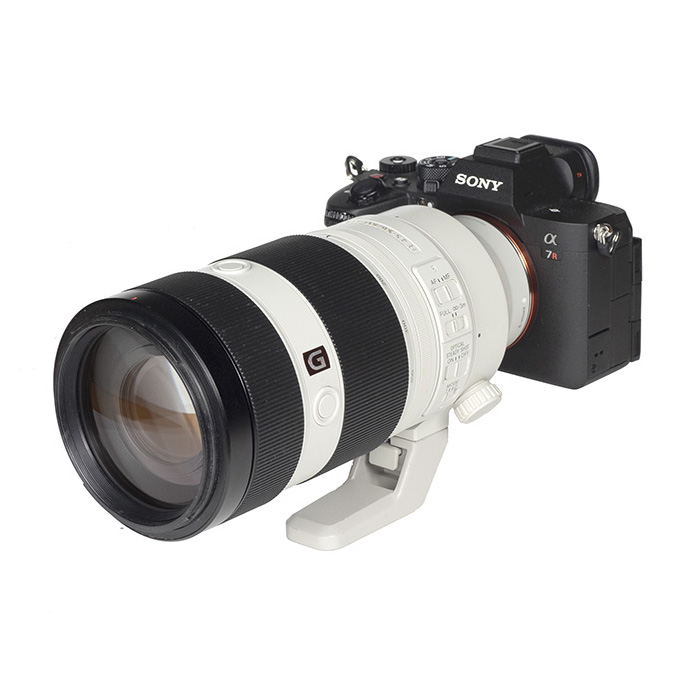Table of Contents
Introduction
In an era in which long tele zoom lenses are reaching 600mm, the 100-400mm class may almost feel dated, but it still exists. For a good reason, actually. Sony’s own 200-600mm G is certainly the more attractive choice when reach is everything, but such lenses are heavy, big and 200mm at the short end makes them unsuitable for mainstream use. Conversely, the 100mm setting of a 100-400mm lens is usable for some landscape and even basic portrait photography – although the speed isn’t all that hot. Still, it is simply a more versatile lens. Unlike its longer cousin, it’s also a member of Sony’s GM series, so on paper, it could be a superior choice optically as well as mechanically. The higher price tag of $2500 USD (vs $2000) suggests this at least. So let’s see whether this is a valid assumption.
The build quality is very high, of course. The lens is mostly made of metal, and there’s no wobbling whatsoever, even when zooming toward the long end of the range. However, while the extension system keeps the size very compact, it also means that zooming isn’t as effortless as on the 200-600mm, and it is sucking in air. Sony claims, however, that the lens IS dust- and moisture-resistant. An additional torque adjustment ring allows you to control the zoom friction and avoid zoom creeping. The focus ring operates smoothly. In terms of weight, it stays true to its class at around 1.4kg. Given its weight, the dedicated tripod mount still makes sense. The mount food is detachable but, unfortunately, not Arca-Swiss compatible. Third-party solutions can help here, though. Typical for many Sony tele lenses, it offers focus-stop buttons and the usual set of switches for AF, focus limiter and image stabilizer. A petal-shaped lens hood is part of the package.

Thanks to a DDSSM (Direct Drive supersonic motor) and used on a modern Sony camera, the AF is very fast. As usual, manual focusing works “by-wire”. An interesting aspect of the lens is its close focusing capabilities – supported via a floating system – with a max magnification of 1:2.85. This is scratching true macro territory. We haven’t found any official figures regarding the efficiency of the image stabilizer (OSS). We’d rate it in the 4 f-stop range in real-life conditions, give or take a little, depending on your coffee intake and camera model (which may add 5-axis stabilization). The IS has two modes – mode 1 is for all-around purposes, whereas mode 2 can be used for panning.
| Specifications | |
|---|---|
| Optical construction | 22 elements in 16 groups inc. 2x ED, 1x SUD elements |
| Number of aperture blades | 9 (rounded) |
| min. focus distance | 0.98m (max magnification 1:2.85) |
| Dimensions | 93.9×205 mm |
| Weight | 1395g (without tripod mount) |
| Filter size | 77mm |
| Hood | barrel-shaped, bayonet mount, supplied |
| Other features | dust & moisture-resistant, image stabilizer, tripod mount, fluorine front element coating |
Distortion
The Sony FE 100-400mm f/4.5-5.6 GM OSS produces some image distortions in RAW images without being extreme. At 100mm, RAW images show a mild pincushion distortion increasing to medium levels beyond.
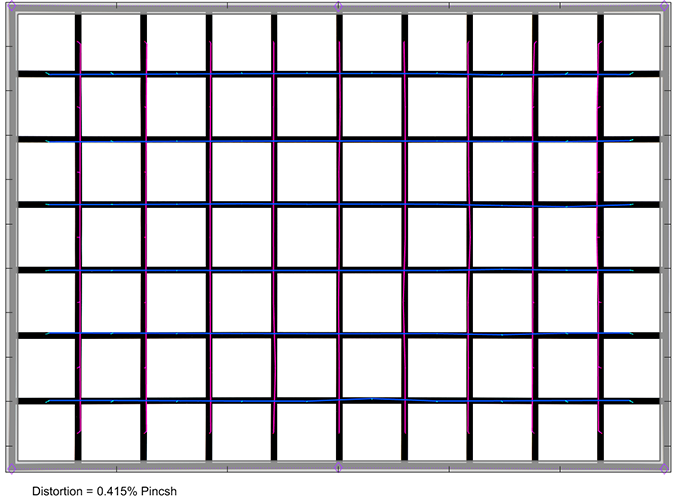
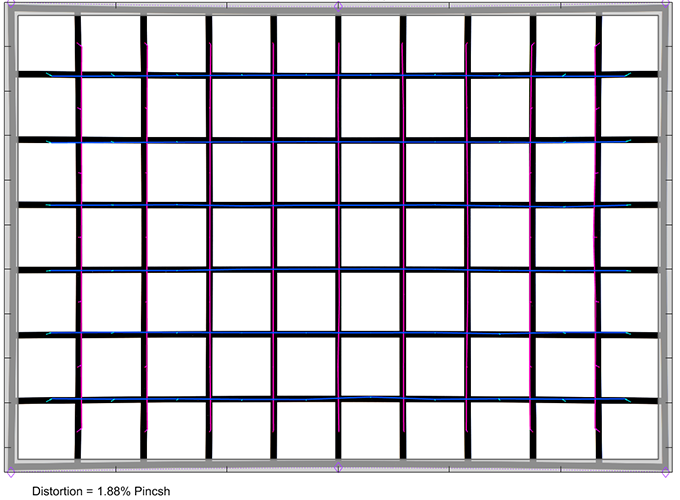


With activated image auto-correction, the distortions are almost perfectly corrected, as you can see below.
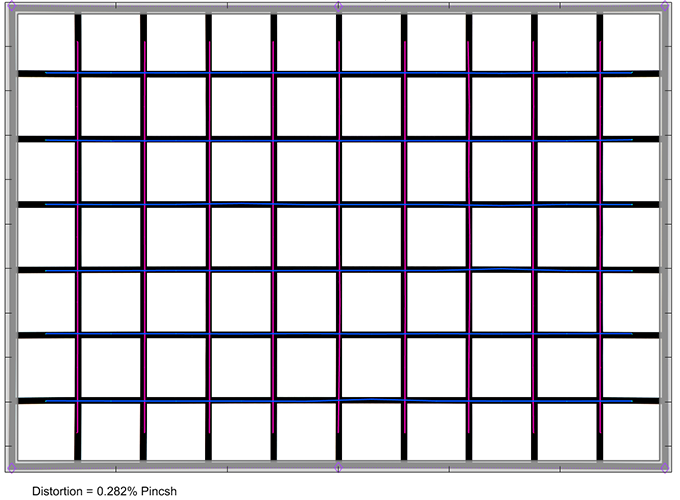
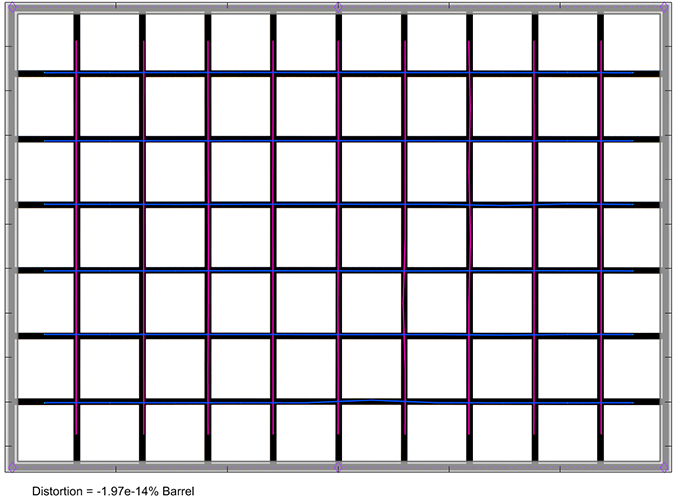


Vignetting
The RAW vignetting is slightly higher than average for a super tele zoom lens. At maximum aperture at the extreme ends, the light falloff is visible at around 1.5EV (f-stops). Stopping down by about one f-stop reduces the issue substantially in the lower to medium zoom range, but it remains rather high at 400mm.
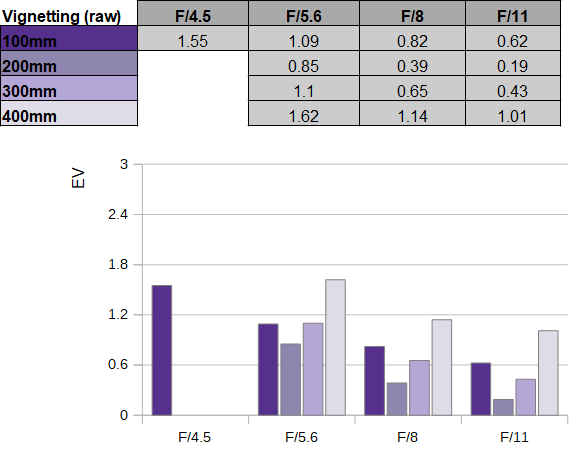
With activated image auto-correction, you won’t notice a significant vignetting anymore.
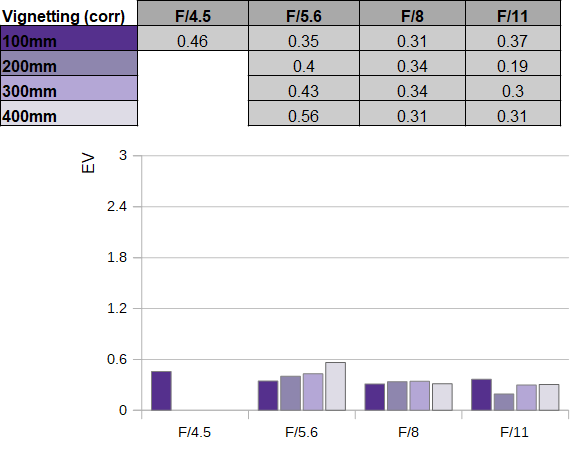
MTF (resolution)
In terms of resolution, the Sony FE 100-400mm f/4.5-5.6 GM OSS is decent but stays somewhat short of the high expectations that come with a GM-class lens. As so often, the image quality is best at the wide end of the range. At 100mm, the broader center quality is excellent, and the outer image field is easily very good. From here, there’s a slight but steady downward trend. The dead-center quality remains excellent, albeit barely at 400mm. The borders/corners are good to very good at f/5.6. Stopping down to f/8 recovers the quality slightly. Diffraction has a higher impact at f/11, and f/16 should be avoided as usual.
The centering quality of the tested sample was Okay.
Please note that the MTF results are not directly comparable across the different systems!
Below is a simplified summary of the formal findings. The chart shows line widths per picture height (LW/PH) which can be taken as a measure of sharpness. If you want to know more about the MTF50 figures you may check out the corresponding Imatest Explanations

Chromatic Aberrations (CAs)
Lateral CAs (color shadows at the image borders) are relatively well controlled, with an average pixel width between 1-1.5px at image borders. While not an issue in real-life thanks to auto-correction, we expected somewhat better figures from a GM lens here.

Bokeh
Sony emphasizes that their GM class lenses are capable of rendering a very smooth out-of-focus rendering.
We can certainly confirm that highlight discs have a very smooth inner zone. There’s a bit of an outlining effect, but it isn’t too emphasized.

The shape of the highlights tends to deteriorate towards the image borders – this is due to mechanical vignetting. However, this happens quite “late” in the image corners. Stopping down by 1 f-stop corrects most of the issue.



The general rendition in the focus transition zones is very smooth both in the background (shown to the left below) and just a tad harsher in the foreground (to the right).

Sample Images
Competition
The Sony FE 100-400mm f/4.5-5.6 GM OSS (shown to the left) has only one direct competitor – the Sigma 100-400mm f/5-6.3 DN DG Contemporary (center). In the lower zoom range, the differences in sharpness are minor, but the Sony is clearly better at 400mm. The build quality of the Sigma lens is also a tad worse and it doesn’t come with a tripod mount. However, the Sigma lens is substantially more affordable. If you are willing to invest this much money, the obvious question circles around the FE 100-400mm GM OSS vs the FE 200-600mm f/5.6-6.3 G OSS. Ignoring the different specs, the G-class lens is as good and even slightly sharper at 400mm. The GM lens has the better bokeh, though.

Image courtesy of camerasize.com
The Sony FE 100-400mm f/4.5-5.6 GM OSS delivered decent, albeit not exceptional results during our testing. At 100mm, it is certainly very sharp. There's a slight, continuous downturn in quality the more you zoom out. The image center is still very good to excellent at 400mm, whereas the outer image field softens somewhat more. Lateral CAs are relatively low, but they are auto-corrected anyway. The same applies to image distortions. RAW images reveal some vignetting at wide-open aperture, but, once again, that's mostly hidden from you as an end user. A positive aspect is the quality of the bokeh. Some may frown upon the slow max aperture, but the technical out-of-focus rendering is much better than usual for a long tele zoom lens.
In terms of build quality, the lens remains true to its GM designation - meaning that it is aligned to professional use. The metal construction feels tough and the dust- and moisture-sealing makes it suitable for more difficult outdoor conditions. The extending zoom mechanism may not be ideal, but it allows for a compact size during transport. The AF speed is very high. The image stabilizer is pretty efficient as well. A specialty of the lens is its close-focus capability. The Sony lens features a floating focusing system that optimizes the optics according to the focus distance. While this doesn't put it into the same league as a dedicated macro lens, you can expect better results than from most other lenses in its class here.
The Sony FE 100-400mm f/4.5-5.6 GM OSS is interesting for users who prefer a more compact size, lower weight and higher versatility compared to the current breed of 500mm/600mm zoom lenses. However, it isn't as superlative as the high price tag and the GM label may suggest.
-
Optical Quality
-
Build Quality
-
Price / Performance


